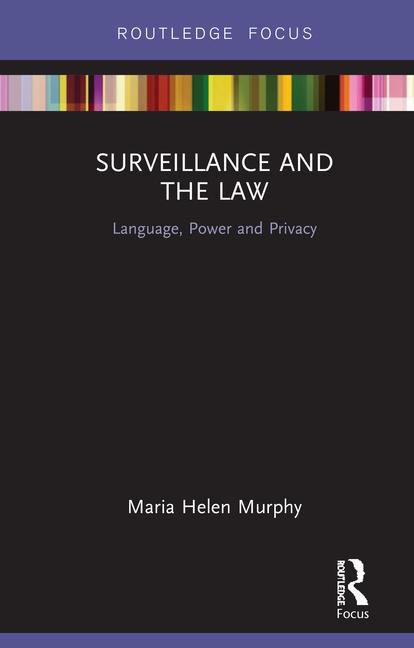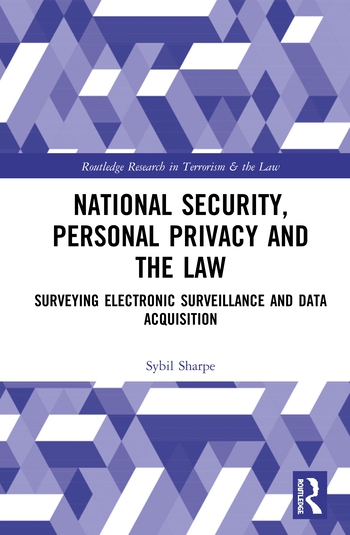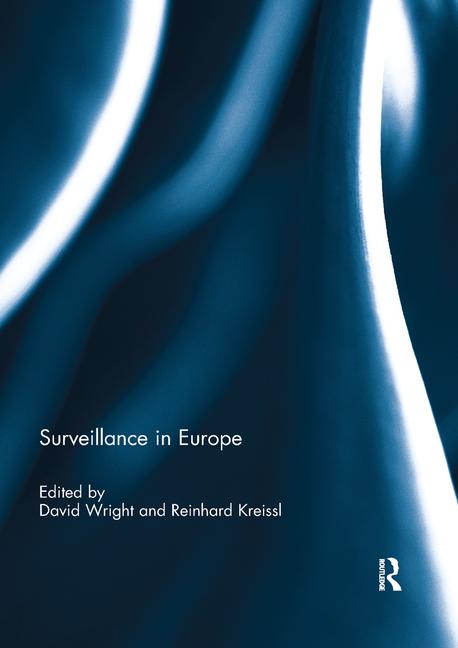How to See in the Dark
 Achieving security awareness around perimeters and outdoor areas comes down to timely, credible alerts with detail to respond appropriately to the level of threat. Knowing the nature and location of an intrusion is the key to forming an effective response. While there are a number of options available for perimeter security, thermal video analytic cameras have become a strong contender for best-of-breed in this area. Thermal video analytic cameras operate day or night, and can “see” what the eye would miss, even over large outdoor areas in complete darkness.
Achieving security awareness around perimeters and outdoor areas comes down to timely, credible alerts with detail to respond appropriately to the level of threat. Knowing the nature and location of an intrusion is the key to forming an effective response. While there are a number of options available for perimeter security, thermal video analytic cameras have become a strong contender for best-of-breed in this area. Thermal video analytic cameras operate day or night, and can “see” what the eye would miss, even over large outdoor areas in complete darkness.
Recent developments in thermal camera image processing take automated perimeter security to a whole new level with unparalleled video analytic accuracy and clearer thermal images at mainstream prices. Thermal video analytic cameras now operate among environmental factors such as rain, humidity, fog and bright sun, which yielded poor images, nuisance alerts and mis-detects in the past.
Thermal cameras are best known for “seeing in the dark” because background objects tend to be cooler than a person at night. Under ideal conditions, people are well emphasized at night because they appear brighter in the image than the background, standing out even in zero light.
However, daytime applications present new challenges for thermal analytic cameras. During the day, a person can be cooler than the background, as objects such as pavement, buildings and other infrastructure absorb heat from sun. When the scene background temperature becomes uniform in a given area, the result is an image with large areas that look “whited out” and undefined where intruders can go undetected. New thermal analytic cameras use image processing to adapt to these variations, expanding the utility of thermal cameras from their traditional role as night vision solutions to 24-hour automated security.
Further, outdoor conditions are rarely ideal. Even at night, rain, humidity and fog can also obscure targets by bringing background temperatures to match the temperature of a person entering an unauthorized area. When using older-generation thermal cameras under these conditions, the image of the intruder would blend into the background and become concealed, while the overall image would appear blurry and poorly defined.
A new generation of thermal imaging cameras now uses a high degree of on-board image processing to exaggerate small differences between the temperature of an intruder and the background, presenting a thermal image in a way that is optimized for the eye to see even in less than ideal conditions. The same image processing also provides more detailed information for making more accurate video content analysis.
Some advantages of new-generation thermal analytic cameras include:
- A high degree of accuracy for video analytic detection of intruders day or night
- The ability to detect objects that might otherwise blend into the background
- Automatically adapting to environmental variations such as fog, rain and humidity
- Clearer long-range images over larger outdoor areas
Greater detection range and area coverage also yield a direct economic benefit: Fewer cameras are needed to protect even larger outdoor areas, with a proportional decrease in the amount of supporting infrastructure and installation expense.In fact, cost advantages now makeit possible to introduce the highest levels of thermal video analytics to a whole new range of mainstream perimeter security applications.
In summary, better thermal images equal better security and this advanced capability is now available at mainstream prices.
Looking for a reprint of this article?
From high-res PDFs to custom plaques, order your copy today!









